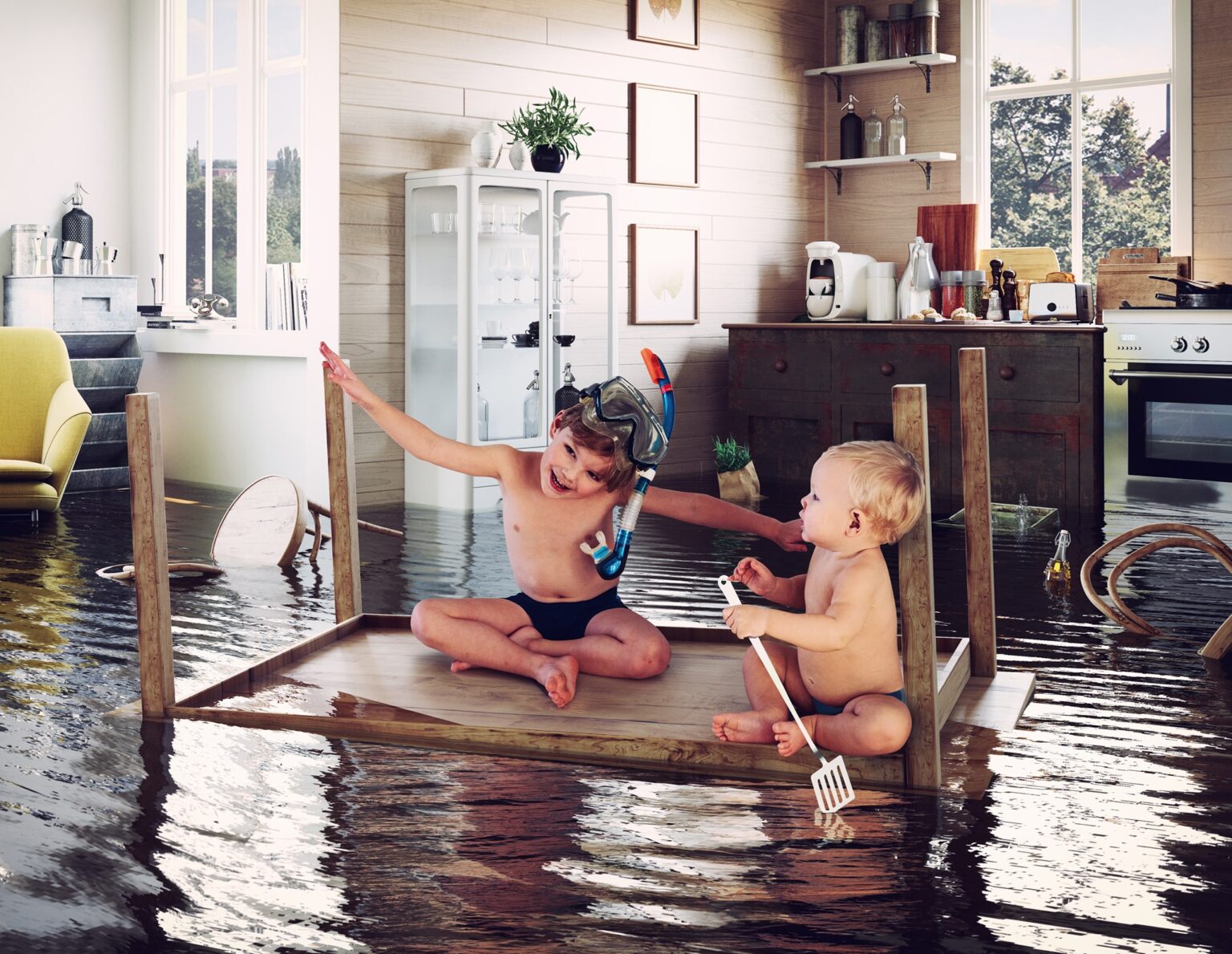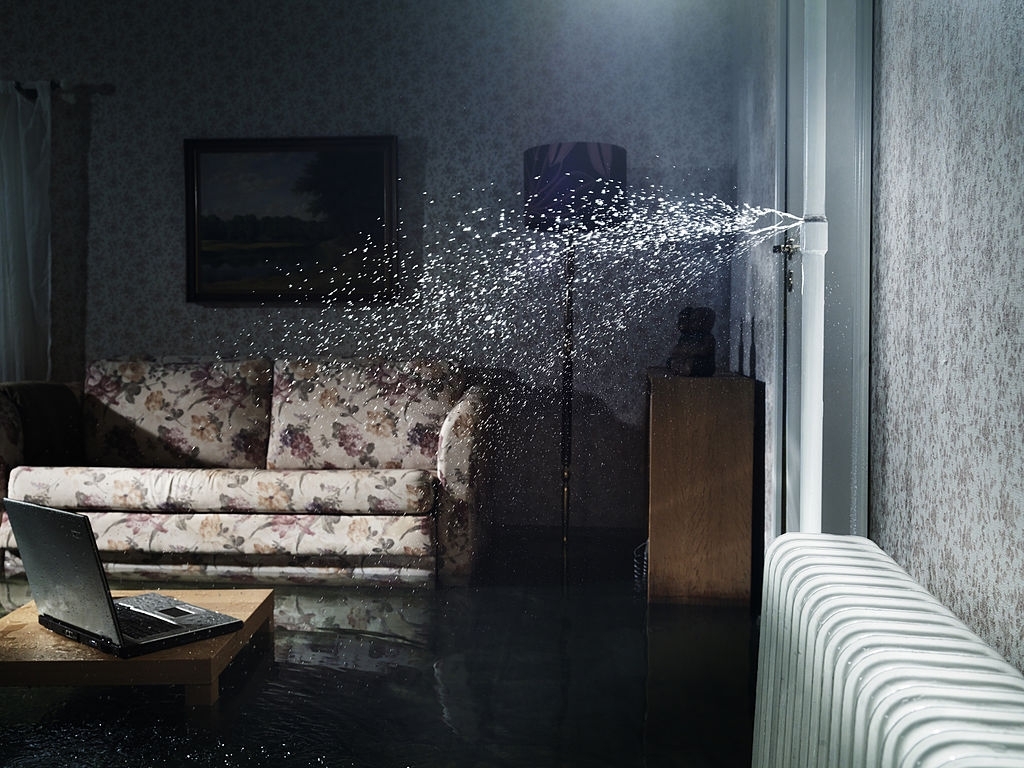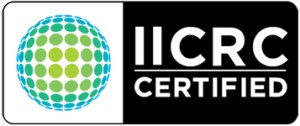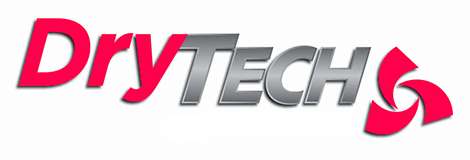Welcome to Dry Tech, your trusted partner in water damage cleanup and restoration services proudly serving the vibrant Oceanside, CA area in San Diego County. At Dry Tech, we understand the urgency and stress that water damage can bring to your residential or commercial property. With our dedicated team of experts and a commitment to delivering prompt and effective solutions, we stand ready to assist you 24/7.
Mon - Sat 8:00 - 18:00
780 Dennery Rd. Ste 303, #159, San Diego, CA 92154
Water Damage Cleanup Restoration Oceanside, CA
What to Do When Water Damage Strikes
When water damage strikes, it’s essential not to panic. Instead, take immediate action by calling us for our 24/7 emergency service. Our experienced technicians are ready to respond swiftly, minimizing the extent of the damage and preventing secondary issues like mold growth.

Common Causes of Water Damage in San Diego County
Leaking Pipes
Damaged or aging pipes can lead to leaks, causing water damage over time.
Leaking pipes are a common source of water damage in both residential and commercial properties. Over time, pipes can deteriorate due to aging, corrosion, or physical damage, leading to slow and often unnoticed leaks. These leaks can result in structural damage, mold growth, and compromised building materials. It’s crucial to address leaking pipes promptly to prevent escalating water damage. Professional inspection and repair of damaged or aging pipes are essential to safeguard the integrity of your property and avoid long-term consequences.
Appliance Failures
Malfunctioning appliances, such as washing machines or dishwashers, can cause significant water damage.
Home appliances, while providing convenience, can become sources of water damage when they malfunction. Washing machines, dishwashers, water heaters, and refrigerators are among the appliances prone to leaks or failures. A malfunctioning appliance can release a significant amount of water, leading to flooding and damage to the surrounding areas. Regular maintenance, timely repairs, and the installation of water leak detection systems are effective measures to prevent water damage from appliance failures. Swift action in addressing appliance issues ensures the longevity of the appliances and protects your property from potential water-related disasters.
Roof Leaks
A compromised roof can allow water to infiltrate your property, leading to interior damage.
A compromised roof is a prime entry point for water, posing a serious threat to the structural integrity of a property. Whether due to aging, storm damage, or poor maintenance, a damaged roof can allow water to infiltrate, leading to interior water damage. Over time, water ingress can result in issues such as mold growth, damaged ceilings, and weakened structural components. Regular roof inspections, prompt repairs, and adequate maintenance are essential for preventing roof leaks and safeguarding the interior of your property from the damaging effects of water intrusion.
Storms and Flooding
Severe weather conditions, including storms and flooding, can result in water damage to homes and businesses.
Severe weather conditions, such as storms, hurricanes, or prolonged periods of heavy rain, can lead to flooding and extensive water damage. Floodwaters can infiltrate buildings, causing damage to structures, foundations, and possessions. The impact of storms and flooding can be devastating, requiring immediate action to mitigate further damage. Preparedness, including proper drainage systems, well-maintained gutters, and the use of flood-resistant building materials, can help minimize the risk of water damage during severe weather events. Additionally, having a comprehensive emergency plan in place ensures a swift and organized response to mitigate the effects of storms and flooding.
Sewage Backups
Sewage backups pose a significant health risk and require immediate attention to mitigate water damage.
Sewage backups present one of the most hazardous forms of water damage, containing not only water but also contaminants and pathogens. The water from sewage backups can pose severe health risks, causing infections and illnesses if not promptly and properly addressed. Immediate action is crucial to mitigate the damage and safeguard the health of occupants. Professional sewage cleanup is essential to safely remove contaminated water, disinfect affected areas, and prevent the spread of harmful microorganisms. Proper safety measures, including the use of personal protective equipment, are imperative when dealing with sewage backups to ensure the well-being of both occupants and restoration professionals.
Our Water Damage Cleanup and Restoration Process:
At Dry Tech, our water damage cleanup and restoration process is a meticulously crafted series of steps designed to restore your property to its pre-damage condition. Each phase is executed with precision, using advanced techniques and equipment to ensure a comprehensive and effective restoration.
Water Damage Assessment
Our certified technicians begin by conducting a thorough assessment of the water damage. This involves identifying the source, determining the extent of the damage, and assessing potential safety hazards. This crucial step allows us to formulate a tailored restoration plan, addressing all aspects of the water damage.

Water Extraction
Prompt water extraction is paramount to preventing further damage. Our team utilizes state-of-the-art equipment to efficiently remove standing water from your property. High-powered pumps and extractors are employed to eliminate water swiftly, minimizing the risk of structural damage and mold growth.
Drying and Dehumidification
After water extraction, strategic drying techniques are employed to eliminate residual moisture. Our team uses industrial-grade dehumidifiers and air movers to ensure thorough drying of affected areas. This step is critical in preventing mold growth and preserving the integrity of building materials.
Cleaning and Sanitizing
Cleaning and sanitizing are integral components of our restoration process. We employ professional-grade cleaning agents to thoroughly clean and disinfect affected surfaces. This not only removes visible signs of water damage but also ensures a safe and healthy environment for occupants. Our sanitation measures comply with industry standards to eliminate potential health hazards.
Restoration
The final phase involves restoring damaged structures and materials to their pre-damage condition. This includes repairing or replacing damaged drywall, flooring, and other structural elements. Our skilled technicians work diligently to ensure a seamless transition, returning your property to its original state. We also address any cosmetic issues to enhance the aesthetics of the restored areas.
Our commitment to excellence is reflected in every step of our water damage cleanup and restoration process. By combining expertise, cutting-edge technology, and a dedication to customer satisfaction, Dry Tech strives to not only meet but exceed your expectations in restoring your property after water damage. When you choose Dry Tech, you choose a partner dedicated to bringing your home or business back to life.
Water Damage Cleanup and Restoration FAQs:
Time is critical. It's best to contact us immediately to minimize damage and prevent further issues like mold growth.
In most cases, you can remain in your home or continue your business operations. Our team works efficiently to minimize disruptions.
Policies vary, but many insurance plans cover water damage. We can assist in navigating the claims process.
Choose Dry Tech for Your Water Damage Cleanup and Restoration Needs in Oceanside, California
At Dry Tech, we pride ourselves on being your reliable partner in water damage cleanup and restoration. Whether you’re dealing with a small leak or a major flood, our experienced team is dedicated to restoring your property promptly and efficiently. Contact us 24/7 for immediate assistance in Oceanside, CA, and let us help you regain control after water damage strikes.
Water Damage Cleanup and Restoration Needs in Oceanside, CA
We also provide Water Damage Cleanup and Restoration Services to these nearby areas...
Damage
- Water Damage Restoration
- Residential Smoke Damage
- Fire & Smoke Damage Restoration
- Flood Damage Restoration
Restoration
- Water Damage Restoration
- Smoke Damage Restoration
- Fire Damage Restoration
- Sewage Clean-up Restoration
Clean-Up
- Mold cleanup
- Sewage Cleanup
- Odour Removal
- Water Removal



Why Call Water Damage Cleanup and Restoration Needs in Oceanside, CA
We are a long established Water Damage Restoration company who value our employees as well as our customers
